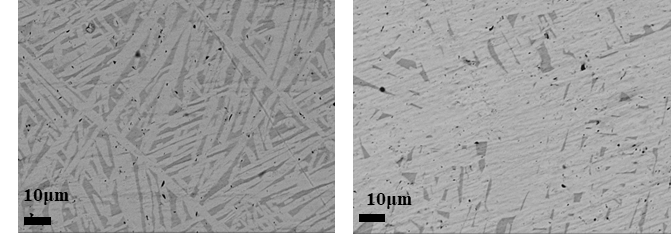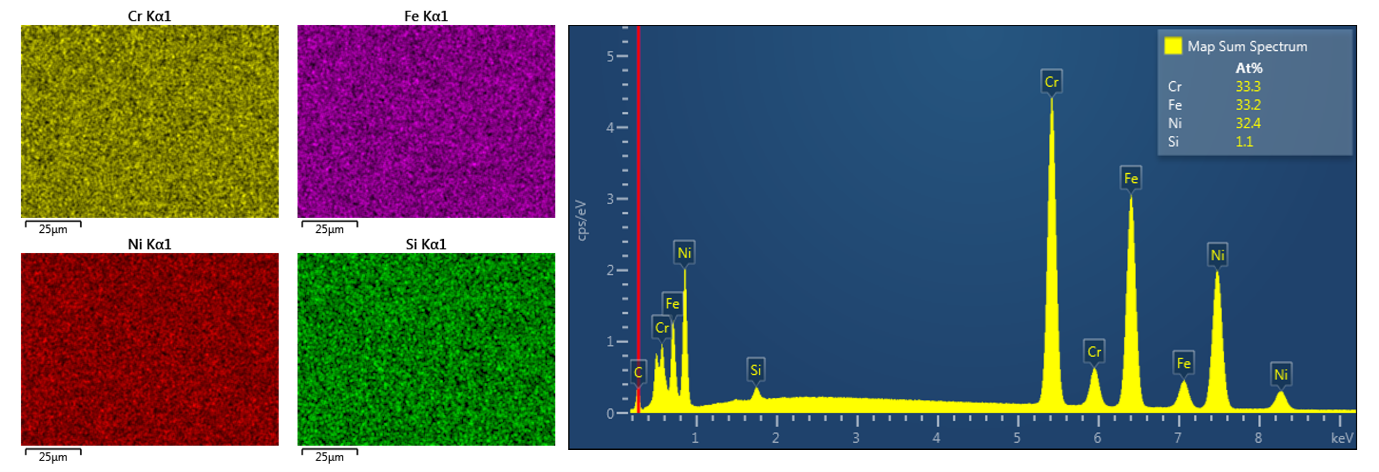Advanced Imaging Modes of SEM (BSE (Compositional & Topography), TLD, Multiple Elemental mapping)
Scanning Electron Microscopy (SEM) is a powerful tool used extensively in materials science for high-resolution imaging and analysis of sample surfaces and microstructures. SEM offers advanced imaging techniques that provide additional information about sample composition, crystallographic orientation and topography. Advanced SEM imaging modes include Backscattered Electron Imaging (BSE), Through-Lens Detection (TLD), Multiple Elemental Mapping, Selected Area Electron Channeling, and Electron Backscatter Diffraction (EBSD).
Backscattered Electron Imaging (BSE)
BSE is an SEM imaging mode that utilizes elastically scattered high-energy electrons that are backscattered from the sample. BSE imaging provides compositional contrast. The intensity of backscattered electrons is proportional to the atomic number of the elements in the sample. Heavier elements scatter more electrons resulting in brighter contrast in the image and lighter elements appear darker. BSE is widely used for identifying phase distributions in multiphase materials and examining compositional variations across a sample. It is also used for detecting inclusions or contaminants. BSE is also less sensitive to surface topography in comparison to secondary electron imaging.

Through-Lens Detection (TLD)
TLD is an SEM advanced technique using secondary and backscattered electrons collected through the electron column of the microscope. TLD enhances the detection efficiency and allows for the combination of different imaging modes. TLD uses a series of lenses to direct electrons toward the detector positioned along the optical axis of the SEM and allows simultaneous detection of SE, BSE and transmitted electrons. Thus, it is used for imaging of high-resolution imaging of surface topography and also provides depth information of the sample. It improves the quality of the imaging by reducing the noise and also enhances signal collection.
Elemental Dispersive X-Ray Spectroscopy
SEM involves the use of Energy-Dispersive X-ray Spectroscopy (EDS) to generate maps that show the distribution of different elements across the sample surface. Elemental mapping is important for characterizing the composition and distribution of elements. It can be performed in combination with other imaging modes, providing comprehensive data.

